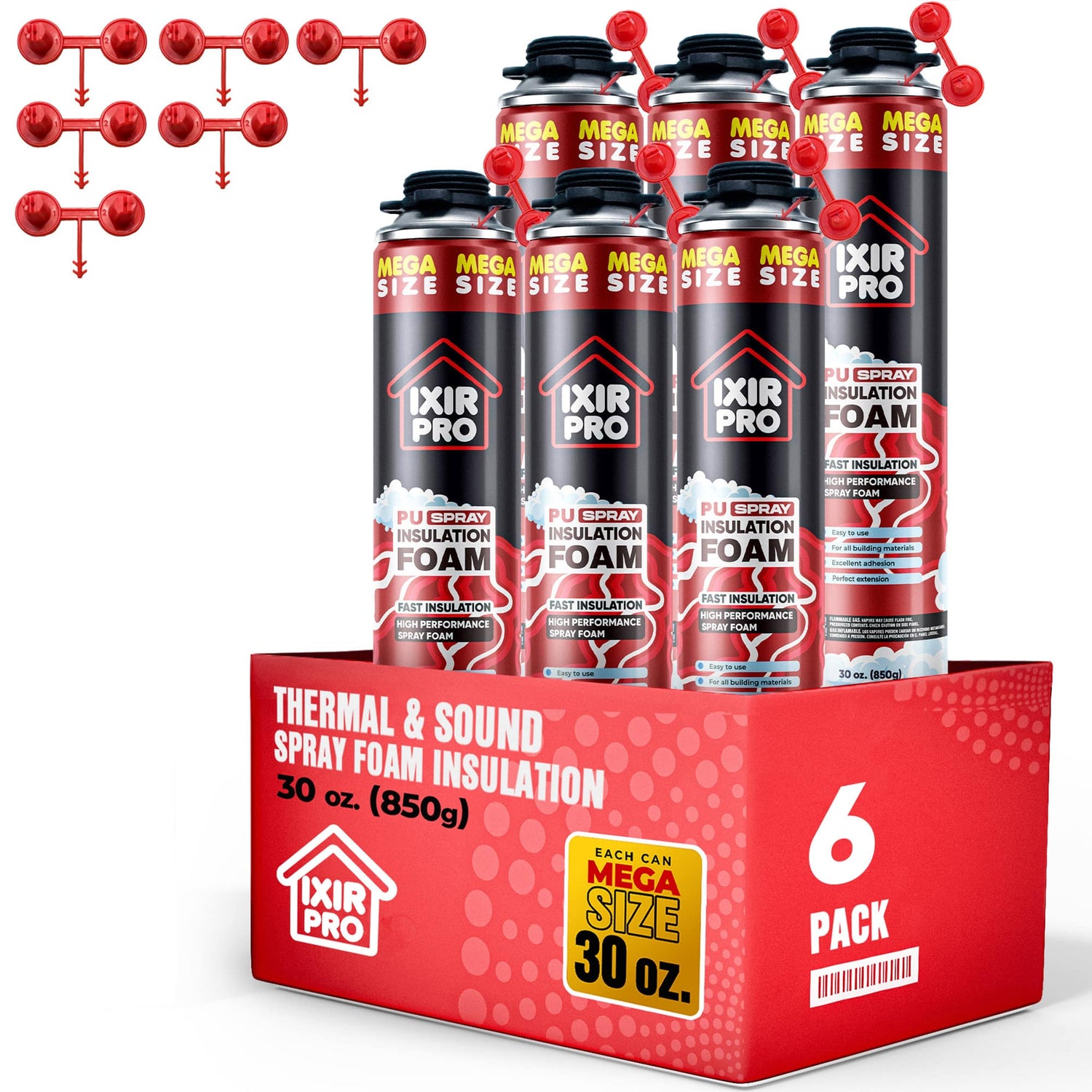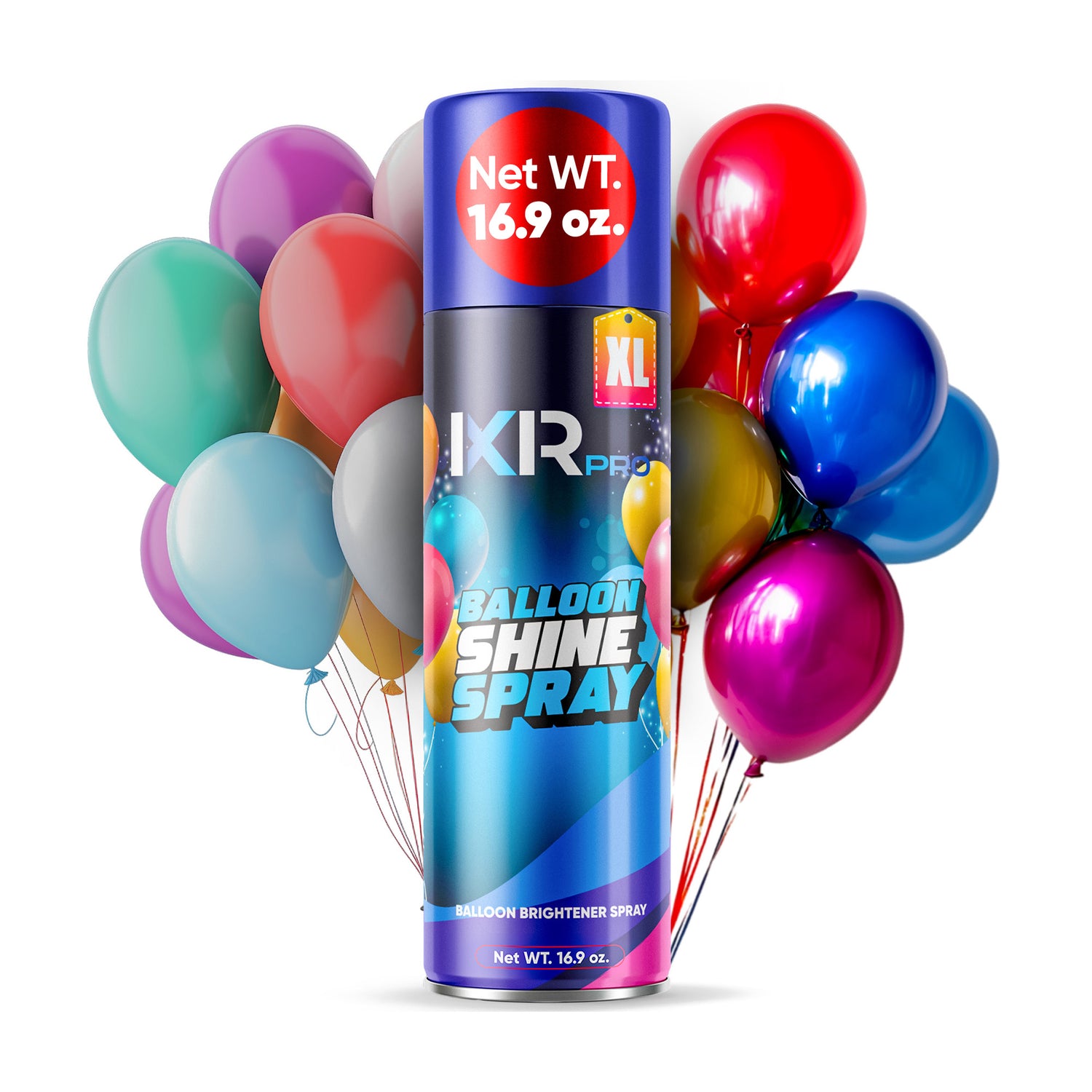When choosing the best CA glue with activator, the decision often comes down to viscosity: thin, medium, or thick. Each type has unique strengths, ideal use cases, and application techniques. Understanding these differences is essential for getting professional-quality results — whether you're repairing wood, bonding 3D-printed parts, or working on delicate crafts.
In this guide, we’ll compare thin CA glue, medium CA glue, and thick CA glue to help you choose the right option for your needs. We’ll also share the benefits and trade-offs of each, and answer frequently asked questions based on what customers commonly search for online.
What Is CA Glue?
CA glue, short for cyanoacrylate glue, is a fast-acting adhesive known for forming incredibly strong bonds on a wide variety of surfaces. When paired with a CA glue activator, it dries almost instantly, making it a go-to choice in woodworking, modeling, automotive repair, and hobby crafting.
Thin, Medium, and Thick CA Glue Comparison
| Type | Viscosity | Dry Time | Best For | Advantages | Disadvantages |
|---|---|---|---|---|---|
| Thin CA Glue | 2–3 cps (very low) | 3–5 seconds | Penetrating small cracks, stabilizing wood | Super-fast drying, deep penetration | Can be messy, low gap-filling ability |
| Medium CA Glue | ~100–150 cps | 10–15 sec | General-purpose, 3D printed parts, gems | Balanced drying time, versatile use | Not ideal for large gaps |
| Thick CA Glue | ~2000 cps | 20–25 sec | Filling large voids, uneven surfaces | Great gap filler, more working time | Slower drying, requires more control |
When to Use Thin CA Glue
Thin CA glue is perfect for precision bonding. It seeps into micro-cracks, pores, or tight-fitting joints — especially helpful in woodworking, fossil repair, and guitar luthier work. If you’re looking for the best CA glue with activator for wood, thin glue provides a smooth finish and invisible hold.
Ideal for:
-
Wood stabilizing
-
Pen turning
-
Jewelry repair
-
Securing inlays and frets
-
Sealing hairline cracks
Pros:
-
Fastest setting time
-
Penetrates fine gaps
-
Creates a strong, invisible bond
Cons:
-
Can drip or run easily
-
Not suitable for large gaps or uneven surfaces
When to Use Medium CA Glue
Medium CA glue is the most versatile. It’s thick enough to bond uneven surfaces but thin enough for detailed work. It’s ideal for general repairs and hobby projects like model assembly or bonding stones, gems, and 3D printed parts.
Ideal for:
-
Craft and model work
-
Repairing ceramics or plastic
-
Bonding stones or gems
-
Woodworking with moderate gaps
Pros:
-
Quick yet manageable drying time
-
UV-resistant finishes on wood
-
Strong bond across materials
Cons:
-
May still run on vertical surfaces
-
Not ideal for very large gaps
When to Use Thick CA Glue
Thick CA glue, also known as gap-filling CA glue, has a honey-like texture and is ideal for bonding rough or uneven surfaces. It stays where you apply it, making it perfect for vertical applications or for filling large voids in wood or plastic.
Ideal for:
-
Filling cracks or voids
-
Vertical applications
-
Pen making
-
Plastic, wood, or metal bonding
Pros:
-
Great for gap-filling
-
More time for repositioning
-
Stronger hold on uneven surfaces
Cons:
-
Longer setting time
-
Can be harder to spread evenly
Boost Performance with CA Glue Activator
Using a CA glue activator spray (also called a super glue accelerator) speeds up curing time dramatically — from seconds to instant. It’s essential for thick or hard-to-bond materials and ensures consistent results across all viscosities.
We recommend combining your choice of thin, medium, or thick CA glue with a reliable CA glue with activator kit for the best outcome.
Frequently Asked Questions (FAQs)
1. What is the difference between thin, medium, and thick CA glue?
Thin CA glue has low viscosity and penetrates small cracks quickly. Medium CA glue is more versatile and easier to control. Thick CA glue fills large gaps and offers more working time.
2. Which CA glue is best for woodworking?
For sealing and finishing wood, use thin CA glue with activator. For structural repairs or bonding uneven wood surfaces, thick CA glue is ideal.
3. Can I use medium CA glue for 3D printing?
Yes! Medium CA glue is perfect for bonding 3D printed parts due to its balance between drying speed and strength.
4. Is CA glue waterproof or heat-resistant?
Most CA glues are water-resistant but not fully waterproof. They are also not heat-resistant above ~200°F unless specially formulated.
5. Where can I buy CA glue with activator kits?
You can find a full range of thin CA glue with activator, medium CA glue with activator, and thick CA glue kits directly on our website.
Final Thoughts
Choosing the right CA glue can make or break your project. Whether you're a professional woodworker, model builder, or weekend DIYer, having thin, medium, and thick CA glue with activator in your toolkit ensures you’re ready for any bonding challenge.
Explore our range of high-quality CA glue with activator kits — perfect for woodworking, plastic repair, metal bonding, and more. Order today and take your projects to the next level!




















































































